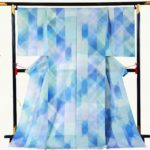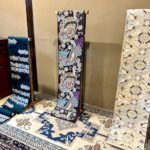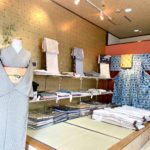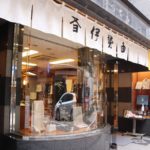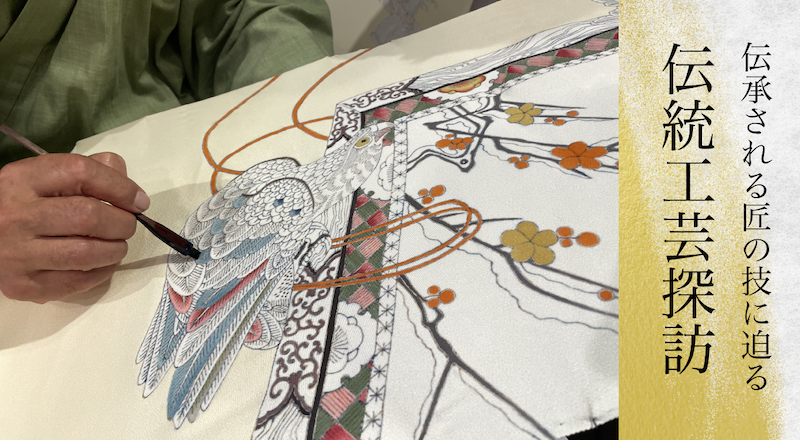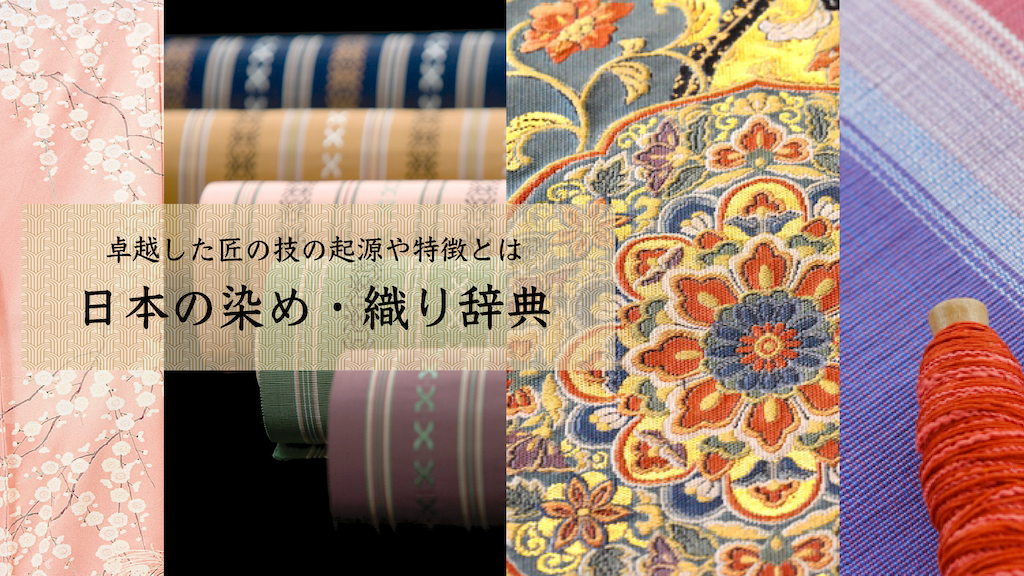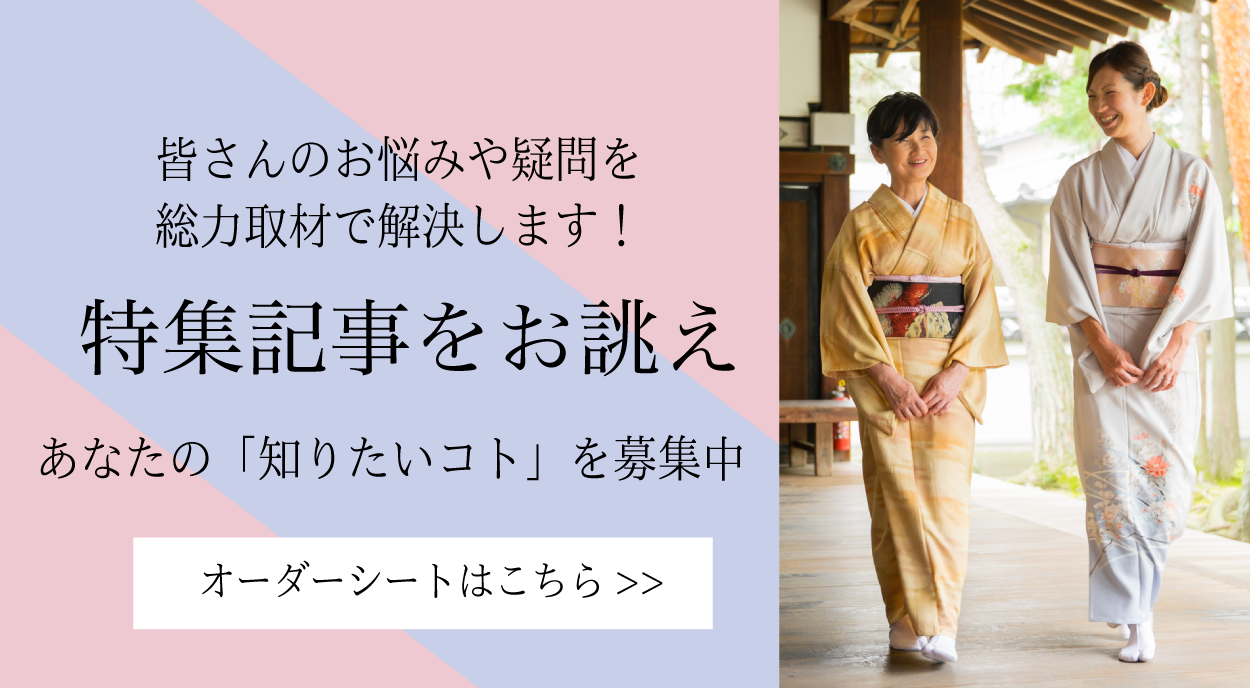伊勢型紙
Pronunciation: Ise Katagami
Production area: Suzuka City, Mie Prefecture
Ise Katagami refers to stencil papers used for dyeing kimono fabrics. Techniques include tsukibori (punch cutting), shimabori (stripe cutting), kiribori (drill cutting), and dogubori (tool cutting). Supported by the Kishu Domain from around 1619, this craft flourished and developed into a highly sophisticated art, producing finely carved stencils that remain indispensable tools for textile dyeing today. Although the exact originator is unknown, stencil use dates back to the Muromachi period. Ise Katagami is made by coating strong, durable Mino washi paper with persimmon tannin (kakishibu), then layering three to four sheets with alternating vertical and horizontal fibers for added strength, coating again with tannin, and drying. Onto this stencil base, artisans carefully carve patterns and motifs, which are then used to apply resist paste during fabric dyeing. In 1983, Ise Katagami was officially designated as a Traditional Craft of Japan (as a tool).

